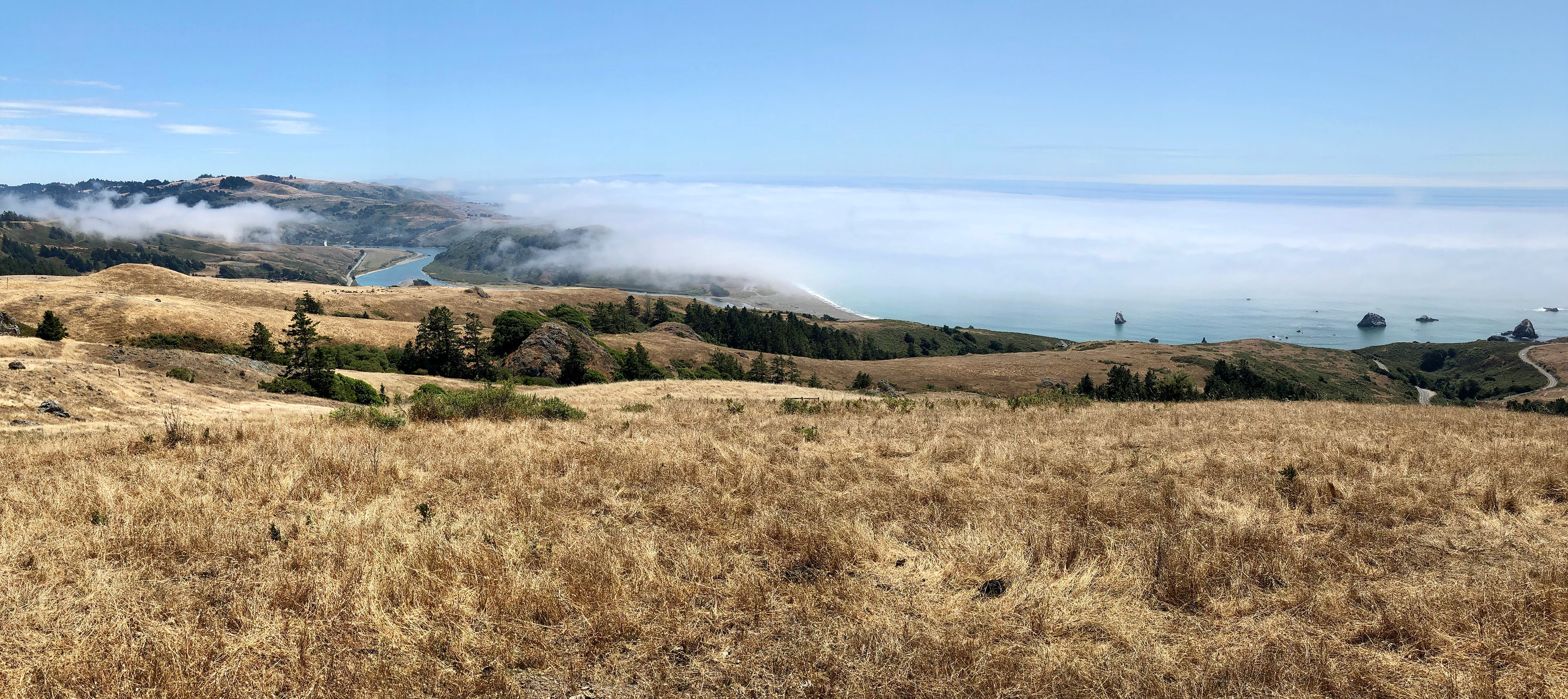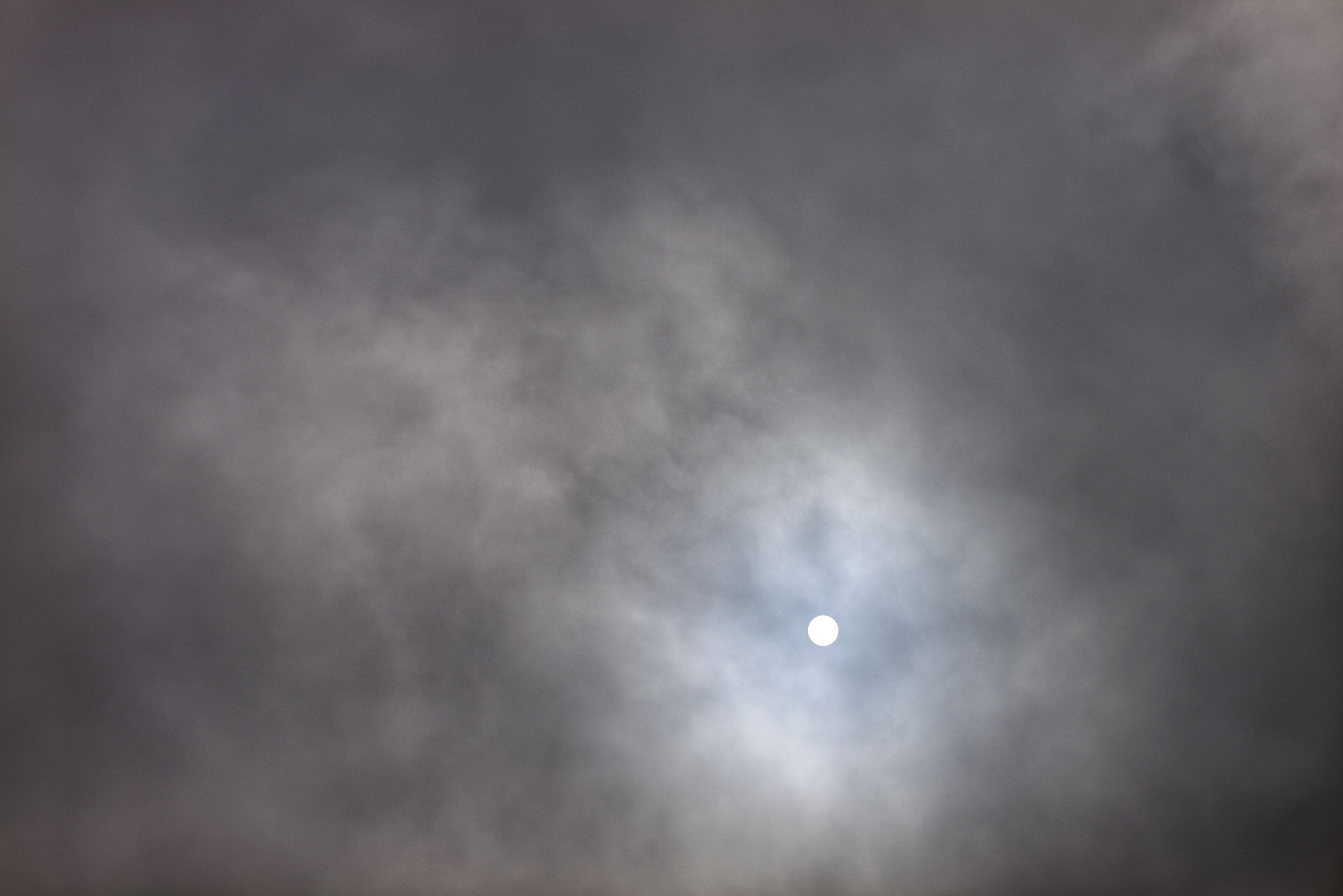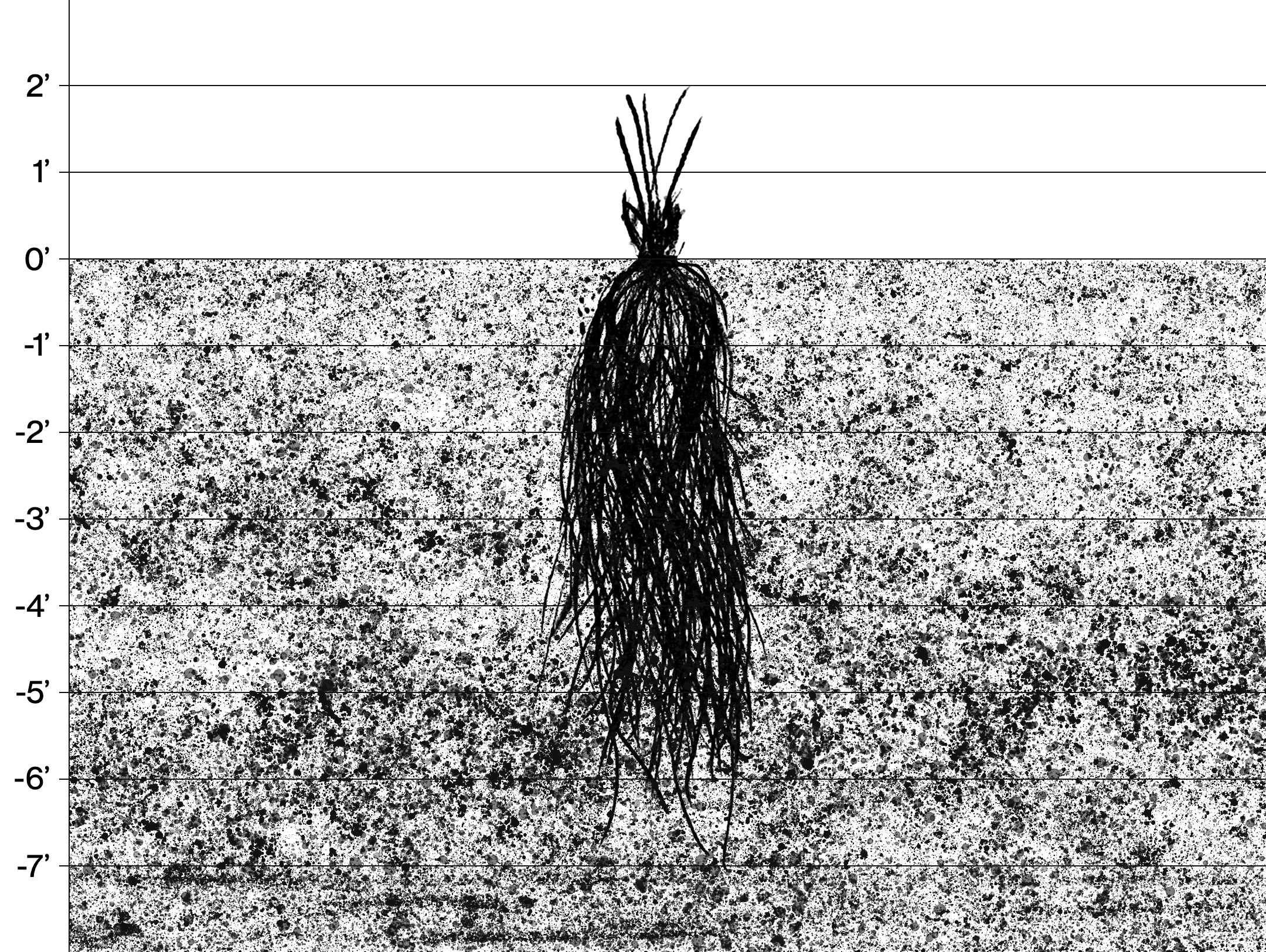Ecology:
Drought

California grasslands (including coastal prairie), experience a vastly different climate than other temperate grasslands (located north of the Tropic of Cancer and south the Tropic of Capricorn). Most temperate grasslands have two seasons: a summer growing season and a winter dormant period when it is too cold for plants to grow. In these areas, the evaporation rates are high and little water penetrates deep into the soil.
The growing and dormant periods in California grasslands are exactly the opposite! California’s coastal prairies are contained within one of only five regions in the world with a “Mediterranean” climate – regions where the dormant period occurs during the warm dry summer and the growing season is during the rainy winter. All five of the Mediterranean regions are on the list of twenty-five “biodiversity hotspots,” recognized by Conservation International (Conservation International 2007). To quality as a Biodiversity Hotspot, a region must:
- Contain at least 1,500 endemic species of vascular plants
- Have lost at least 70% of its original habitat
Coastal prairies are some of the moistest of California Mediterranean grasslands. They generally occur where there is cloud and fog cover during the summer. The amelioration of high summer temperatures and evaporation rates by clouds and fog extends the growth season in coastal prairie relative to other grasslands. In northern California, this can be seen most dramatically during June. A short drive from the coast to inland areas shows a marked transition from emerald green to golden grasslands.
Winters in Mediterranean grasslands are not as cold as grasslands and prairies in other parts of the world. Winters, however, are far from mild with strong gale-force winds and driving heavy rains.
Survival strategies for drought
Despite the moderation of summer high temperatures by fog and ocean influences, coastal prairie plants must survive periods of up to five months with no significant rainfall. For animals, food and water supplies can dwindle. Species use a variety of strategies to enhance ability to find and retain water and food.

Fog Harvesting
Some species supplement their water intake by harvesting water from fog. A study by Corbin et al. (2005) determined that 28-66% of the water taken up by the roots of 7 perennial grass species during the summer comes from fog rather than the residual soil water from winter rain. Fog use decreases as distance from the coast increases, and there were significant differences among species in their uptake of fog water (Corbin, et al. 2005).

California’s native perennial grasses maintain active roots in the surface layers of the soil allowing them to use summer fog to extend their growing season. Holcus lanatus (velvet grass), now a dominant plant in many of California’s coastal prairies and other successful exotic perennials also have this ability (Corbin, et al. 2005; Sawyer, et al. 2009).
Deep-Water Harvesting
Many perennial grasses and forbs have deep root systems and can survive the summer drought by tapping water deep in the soil. The roots of California native perennial bunch grasses, which develop root systems over multiple years, can extend downward to depths of over 1 meter to explore moisture zones unavailable to introduced annual grasses, which are usually more shallow-rooted (Belew 2009).

For example, Purple needlegrass (Nassella pulchra, Stipa pulchra) can have roots that extend down into the soil for 20 feet! (Stromberg, et al. 2001).
Caveat: Deep-roots in perennial grasses are only a generalization. Some native perennial grasses (red fescue (Festuca rubra) and hairgrass (Deschampsia)), have fairly shallow rooting systems (Brown, et al. 2010). And some annual grasses appear to have the ability to exploit all depths of the soil profile (Frank, et al. 2010). The differences between annual grass roots and perennial grass roots may be in the abundance of roots produced at different depths, with the annuals producing abundant shallow roots and the perennials able to send more roots to probe at deeper soil levels.
Reduce Water Loss
Most perennial grasses exhibit summer dormancy, when they temporarily suspend visible growth (Volaire, et al. 2009). An example in coastal prairies is California melic (Melica californica)—a component of California oat grass prairie and Idaho fescue prairie—which enters dormancy and ceases to grow during summer.
Grasses may be predisposed to low rates of water loss. They have long narrow leaves and stems, which lose less water than broadleaved plants.
Hairs on leaves and/or light grey-green coloring reflect the sun’s rays cooling the plant and reducing water loss.
Water Storage
Geophytes (bulbs, corms, etc.) store food and water underground the during drought season (Dallman 1998).
Avoidance
Many forbs in coastal prairies are “winter annuals” that grow over the winter rainy season, flower in the spring and survive as seeds in the soil over the hot, dry summer. Seed banks may include a greater diversity of species than is exhibited in the visible flora on a particular site (Major and Pyott 1966).
When coastal prairies finally go dormant in the summer, many animals, such as elk, either move into other more productive habitats or migrate to higher elevation areas with wetter conditions.